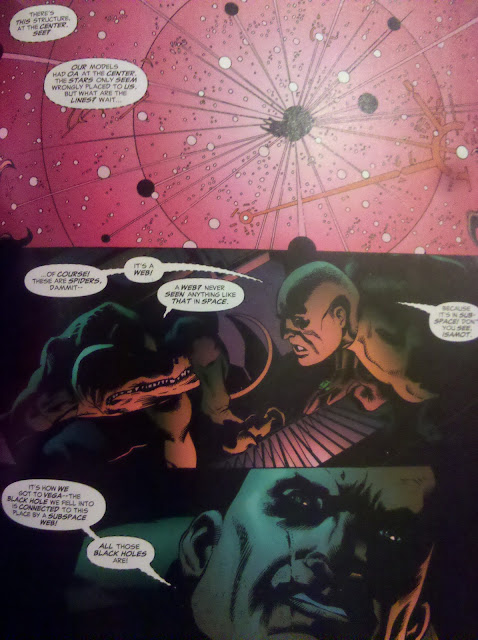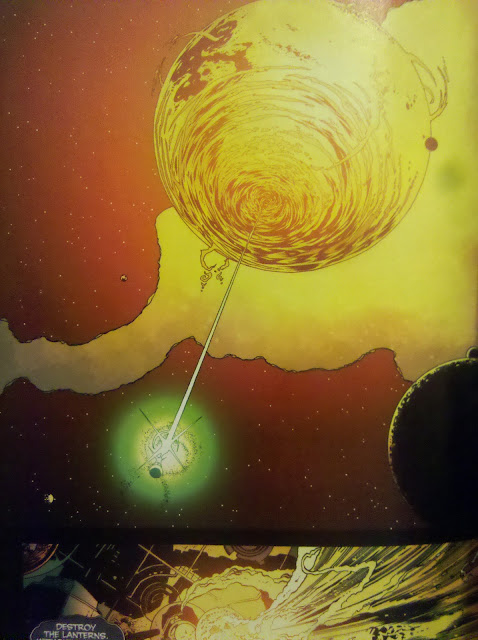
It's all Science Fiction, so far. Right?
Now for the Science part.
A recent study suggests that wormholes might exist between distant stars. However, it's not easy to detect if a star could harbor some passageway hidden deep within its center. But the scientists are saying that they could be distinguishable from normal stars (or even from normal neutron stars). And it's because these wormholes are not empty tunnels, rather they contain a perfect fluid that flows back and forth between the two stars, giving them a detectable signature via their pulsations.
Wait. It's still Science Fiction!
Nope. Actually, real scientists and astrophysicists are saying this. See for yourself on their ArXiv paper. And take note: Kepler has detected a lot of pulsating stars in their Asteroseismological studies. Yes, Kepler also deals with Asteroseismology--the science that involves probing the interiors of stars and quantifying their global properties, such as radius and age, through observations of normal modes of oscillation. So, ya never know! Our good ol' Kepler might discover some wormhole-bearing stars! Heh!

Now back to the fiction. To cut a long story short, by sheer teamwork, inspired by a massive recital of their green lantern oath (in brightest day, in blackest night...blah...blah), the Green Lantern Corps managed to push back the invading marauders back into the star--including the star itself! Their own sun got pushed into the wormhole-tunnel from the outside-in and was destroyed along with the Spider Guild's nest. So now, in that episode, the green lantern's planet Oa has actually become a starless planet, a rogue planet!
And there you have it, folks. Just a brief excursion in the world of scifi on a friday night! Happy Friday!
Links:
A Star Harbouring a Wormhole at its Center (PDF)
Stars Could Have Wormholes At Their Cores (Tech. Review)
the possibility of wormholes between stars (Physorg)










